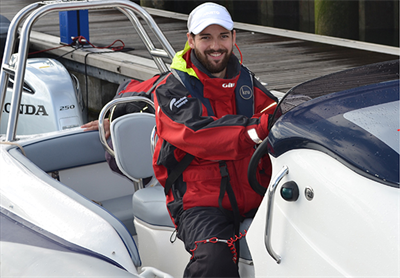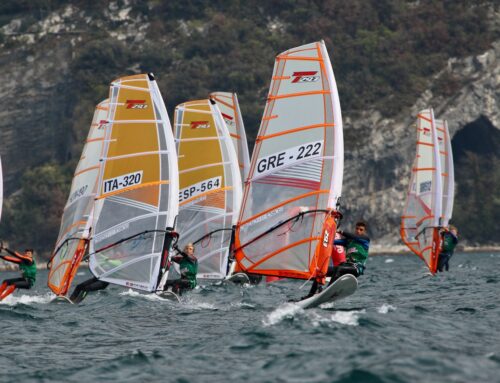Small open power boats will normally be fitted with a kill cord which, if used correctly, will stop the engine if the driver becomes dislodged from the helm position. [more]
The kill cord is a red lanyard which has a quick-release fitting at one end and a clip at the other end. When in use, the quick-release fitting is attached to the console and the end with the clip attaches to the driver. The kill cord is normally attached around the driver’s knee and clipped back onto itself.
Powerboat drivers and passengers – Always, always, always make sure the kill cord is attached to the console and ensure that it is also attached properly to the driver of the boat! There is so much going on, it is so easy to become distracted by the phone, thinking about whether you’ve got everything you need on the boat, fired-up competitors coming past and maybe throwing their drinks bottle on board or asking for last minute advice . . .
A kill cord is coiled in its design to allow the driver the natural movement required when helming a boat. Should the driver move away from, or be thrown from, the helm position the kill cord will detach from the kill switch and the engine will stop.
Detaching the kill cord also allows a crew or passenger to stop the engine if the driver were to become incapacitated whist at the helm – e.g. they fainted.
The RYA recommends that you always check that your kill cord works at the start of each day or session by starting the engine and pulling the kill cord to makes sure it stops the engine.
This is what could happen if you ignore the value of correctly worn kill cords: Padstow speedboat accident: tributes to a ‘loving father’




